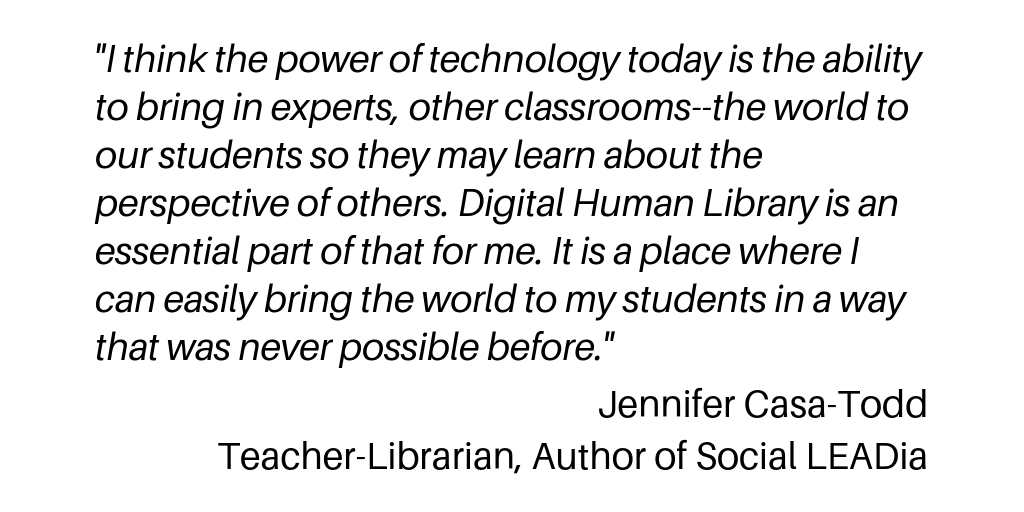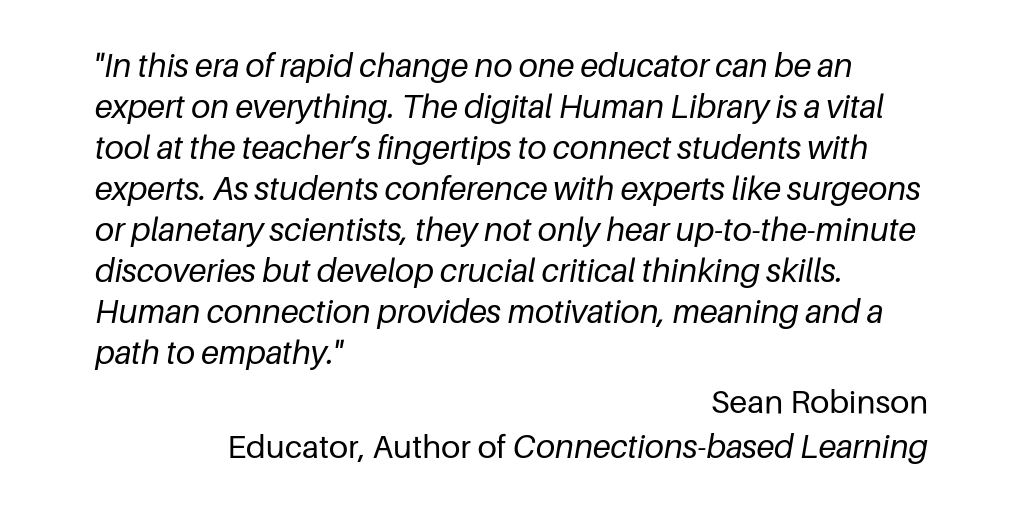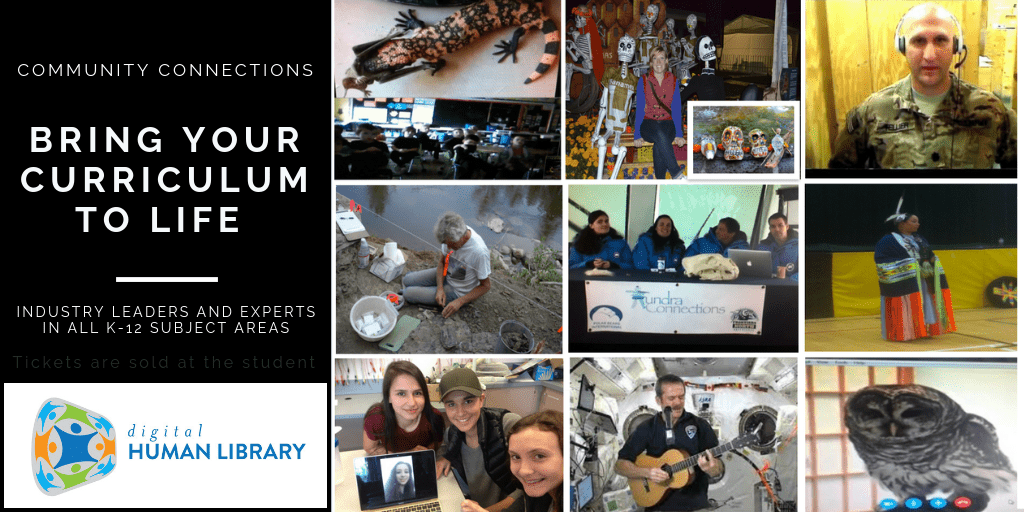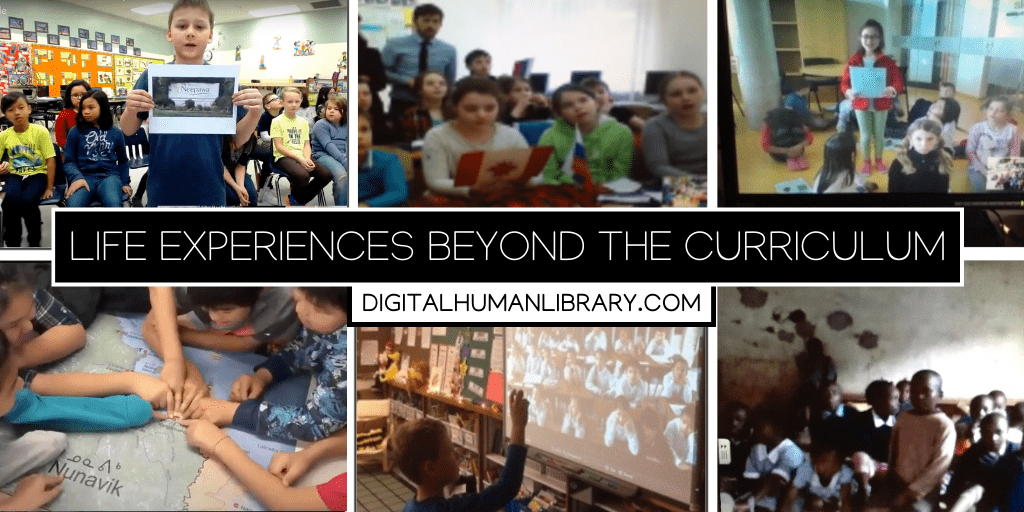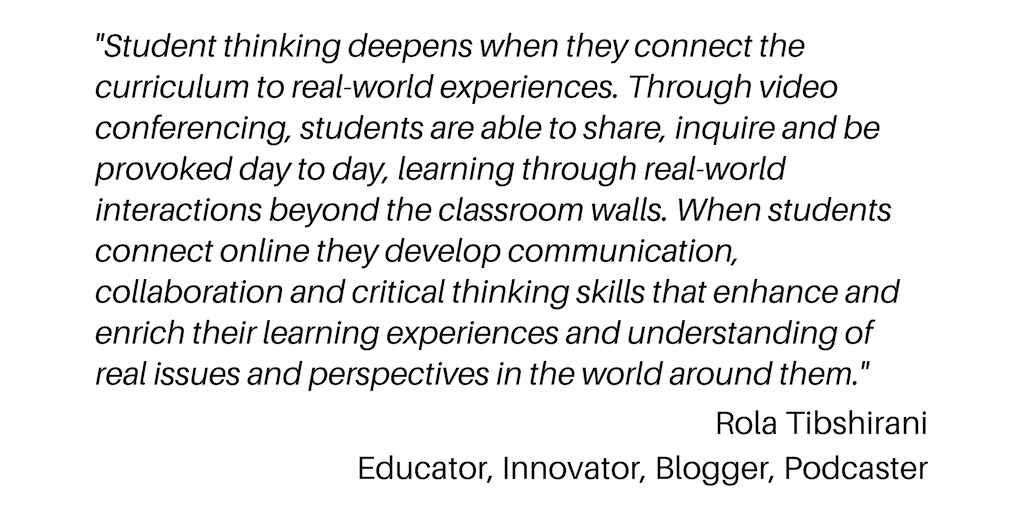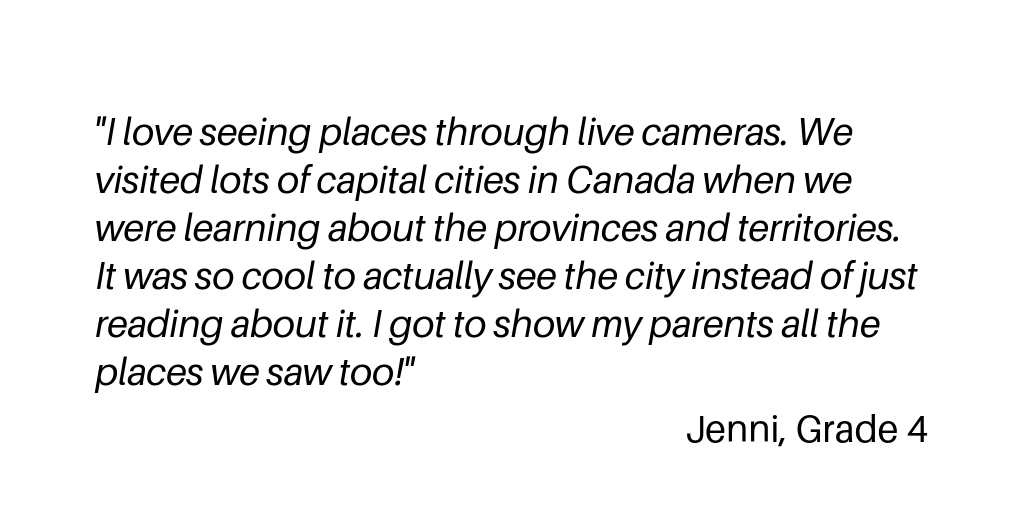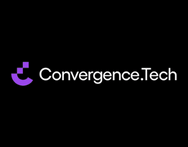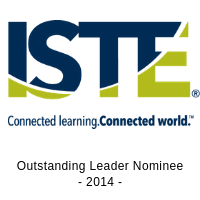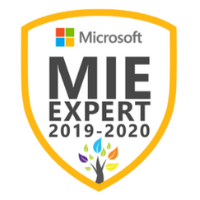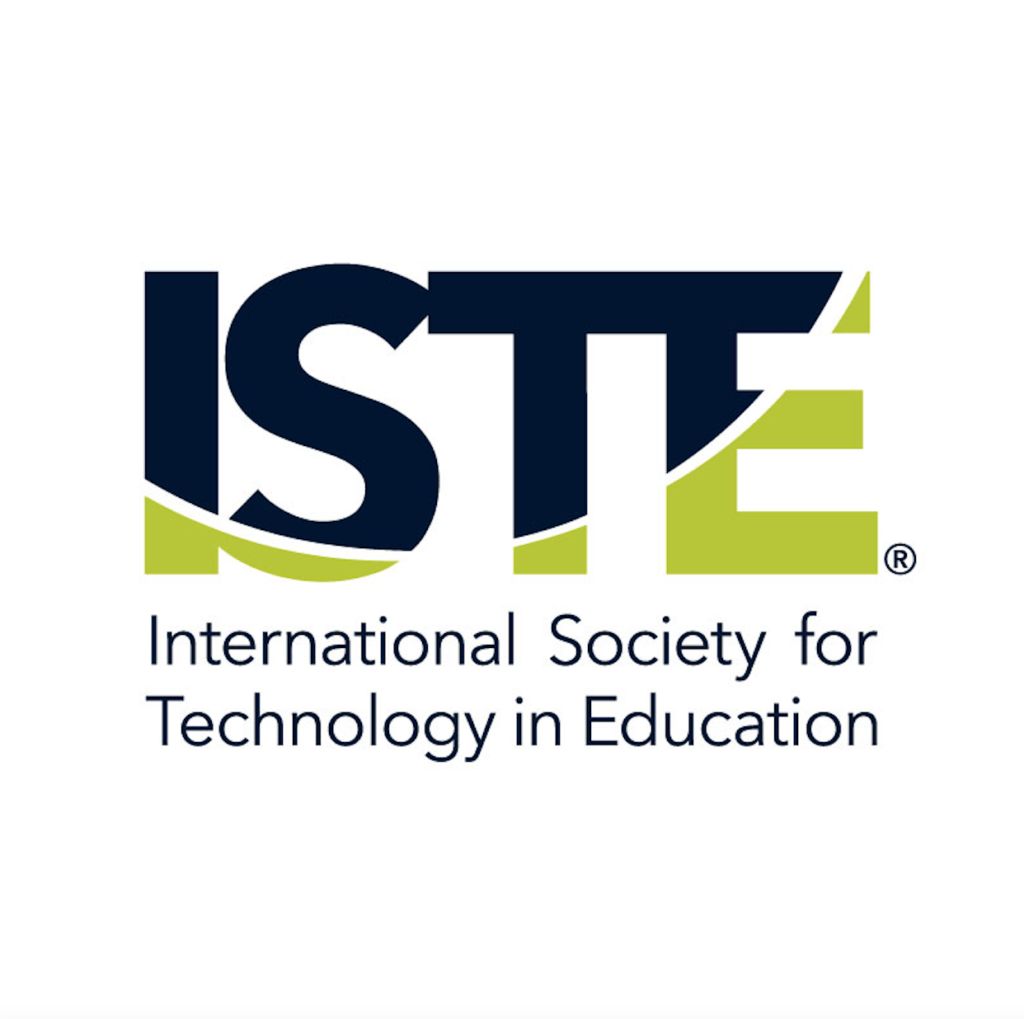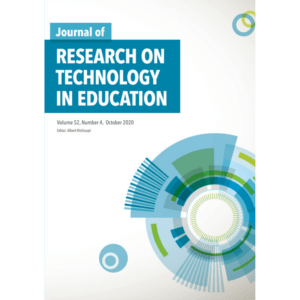“Technology is an extension of the human body”, writes Kevin Kelly, founding editor of Wired magazine, and multiple TED conference speaker. In “What Technology Wants” Kevin continues to say that like human beings, “technology wants to evolve”.
Though not the first of its kind, early to impress on the possibilities of video conferencing was Skype. In 2012, Skype accounted for 34% of the International call market share. Over a quarter of people in 2012 that make international calls used video calling as a platform to talk with their loved ones, keep their colleagues updated, or chat with an old friend. But the real value in Skype is it showed how simple video communication could be; it made the technology seem both useful and viable. Now, video calling as a platform has gained recognition in almost every facet of our society via our homes, business and industries, and, more recently, the classroom. The classroom benefits from the platform immensely because it opens up a variety of learning possibilities for students and teachers. Opportunities not limited by time, cost, or distance.
Collaboration
As chief technology and information officer at Anoka-Hennepin School District 11 in Coon Rapids, Minnesota, Patrick Plant, along with his colleagues, deployed the first rudimentary desktop video conferencing system in the mid-90s and, to this day, spread the technology in schools across the state. On video conferencing in school, Patrick states that it “opens up a lot of more possibilities for interactivity, [which] creates a much more authentic and powerful collaborative experience”.
Video conferencing opens up a new dimension for projects and collaboration. Students can use video conferencing with other students anywhere around the world. Students can even conference with a teacher to better understand a missed lesson.
Guest Lectures and Demonstrations
Students can go straight to the source and no-one has to move. Booking guest speakers, lecturers, or experts takes patience. And receiving guests presents a number obstacles especially when separated by large distances, even just a busy schedule. And some guests are near impossible to come by.
Take the students of New York’s Massapequa Free School District for instance. Due to a video conferencing initiative started in late-2009, 7,900 students were able to participate in live pathology procedures and engaged one-on-one with NASA astronauts.
Workshops and Professional Development
The model for information consumption rests in an online setting. In-person experiences can be easily extended into that sphere through video. This solution has a few added benefits.
1) The participants do not need to rally at one location
2) The number of participants is not limited
In a writing workshop, for example, an instructor can include any number of students and utilize a desktop feed to display examples or edit in real-time. A math workshop may include a professor explaining the solution to a problem while he or she displays the work remotely.
After attending a conference with local school principals, Tim Holt, an instructional-technology specialist and an EdTech Blogger reflected on the privacy and restriction of in-person meetings when he wrote, “The people interested in your thoughts are not just the ones who can make it to the allotted place at the allotted time”.
Virtual Field Trips
As technology like video conferencing finds its way into education, the walls of the classroom break away. Video conferencing remains most useful through virtual tours. Museums, zoos, libraries, and other organizations already offer distant-learning programs.
Virtual field trips also create a range of personalization that a conventional field trip simply cannot allow. Teachers and students can connect with who they want, where they want, when they want, and how they want. Not only is it cost effective, but virtual tours alleviate the need to ask, what’s in a 50km radius?
In a world driven by connecting, networking, and staying in touch, video conferencing fosters a charming way to do so.
Sources
Kelly, K. (2010). What Technology Wants. New York: Penguin Group.
Video conferencing technology takes education to the next level. (2011, December 29). EdTech, Retrieved from http://www.edtechmagazine.com/k12/article/2011/12/video-conferencing-takes-education-next-level
Rebeiro, R. (2013, September 17). Collaboration can transform education. We just need to commit to it. EdTech, Retrieved from http://www.edtechmagazine.com/k12/article/2013/09/collaboration-can-transform-education-we-just-need-commit-it
Schwartz, K., D. (2011, December 2). Video conferencing encourages collaboration. EdTech, Retrieved from http://www.edtechmagazine.com/k12/article/2011/12/video-conferencing-encourages-collaboration
This post is also available in: Français (French)



